
Jamaican music as we know it today—from mento to ska, rocksteady, reggae, dancehall, and dub—has been well documented. But within those genres, there was a small but influential group of innovators whose story is not as well known. Vincent and Patricia Chin; Clive Chin; Mikey and Geoffrey Chung; Byron Lee; Justin Yap; Leslie Kong; Ernest, Jo Jo, Kenneth, and Paulie Hoo Kim—these were the studio and record shop owners, sound system engineers, producers, and session musicians who each played an underappreciated but outsized role in the development of Jamaican music as we know it. They were also all descendents of the Hakka people from the Guangdong province in China.
The emergence of a Chinese-Jamaican community in Jamaica dates back to the 1850’s, when a population of Hakka Chinese moved to the island as indentured laborers. By the mid-20th century, more than half the population of Hakka Chinese were local-born and had cemented an integral role in Jamaican society. Many of the same people who would later go on to run the legendary record stores and recording studios in Kingston initially made their money through ice cream parlors, grocery stores, and betting agencies.
Patricia Chin—aka Miss Pat, aka “the mother of reggae”—was one such entrepreneur who opened a store in order to sell all of the discarded records her husband, Vincent, would collect through his work as a jukebox repair man. The store, which was called Randy’s Record Mart, and its accompanying Studio 17, went on to provide a crucial platform for young up-and-coming musicians who would later become household names. “We owned a studio called Randy’s Studio 17 in the ’60s and that was where we did the recording,” says Miss Pat over the phone from Jamaica Queens, New York, where, at 82 years old, she continues to run VP Records—the world’s largest independent reggae label. “We recorded people like Bob Marley before he became popular, Bunny Wailer, Dennis Brown, Gregory Isaacs, Israel Vibration.”
Randy’s was one of many businesses owned by Chinese-Jamaicans that helped to define the sound of Jamaican music. The Hoo Kim’s Channel One Studio, Leslie Kong’s Beverley’s Record Label, and Herman Chin Loy’s Aquarius Record Store are some of the other cultural institutions that ushered in the accented upbeats, jazz-influenced horn riffs, powerful bass lines, and nyabinghi rhythms now commonly associated with Reggae.
At Randy’s, Miss Pat often had the final say on whether a record was going to be a hit. “They wouldn’t play reggae music on the radio because they didn’t like it,” she says. “It was too revolutionary—like some of hip-hop today. We had to play our music on our own soundsystems that we built. It was the force of the people and the soundsystems that made the music popular. I was on the counter selling music for 20 years, from 1958 to 1977. Herman Chin Loy was Uptown and I was Downtown. When they made a record upstairs [at Studio 17], they would cut it on a disc—a dubplate—and then they would come downstairs and play it to see if the record sounded good. If the people react to it, then you know it’s good. You have to know the trends of what’s going on—a fast record, DJ record, lovers rock, drum & bass, or a different beat. You have to be very conscious of when the trend is going to change.”
As Jamaican music moved through trends and periods of change, so did the country’s politics. Instability, violence, and economic uncertainty were rife on the island in the late ‘60s and early ‘70s, and it was reflected in the music of its people, who began to dream of distant utopias. In his lecture on “The Far East Sounds in Jamaica,” Professor Andrew Jones describes the influence of the Chinese and African diasporas: “The music create[d] a realm unto itself, a geographically indistinct zone of displacement that is neither here in Jamaica nor there […] an isthmus where a distant African continent comes into contiguity with the Far East of Chin-Loy’s forebears, and a doubly diasporic music is born.”
It is within this context that one can notice a subtle presence of minor-key signatures, pentatonic scales, and harmonies utilizing consecutive fourths and fifths (all stereotypically “Eastern” sounds) that artists such as The Skatalites, Don Drummond, Byron Lee, The Revolutionaries, and Augustus Pablo all employ. And it is also within this context that Herman Chin Loy, one of the most underrated and influential figures in Jamaican music, produces Aquarius Dub—“arguably the first dub record,” according to legendary percussionist Larry McDonald. In 1971, Chin Loy “discovers” a young Horace Swaby, aka Augustus Pablo, and thus begins a creative partnership (Chin-Loy on production and Swaby on melodica) that results in perhaps the truest representation of the Far East in Jamaica: 1977’s LP East of the River Nile.
On the influence of far away places in Jamaican music, Anant Pradhan, a multi-instrumentalist in Skatalites, and Brooklyn-based reggae band The Far East, states “everyone is a product of what they grew up on. People say I invoke a lot of Eastern sounds in my playing. It’s my attempt at bringing my culture into the mix. It’s not conscious—it’s subconscious.” When you consider the fact that Chinese-Jamaicans have been pioneers in every genre in Jamaican music from the ‘50s through the ‘70s, their importance becomes clear. After speaking with everyone quoted in this article, it also became apparent that Jamaica’s status as a home for all races and cultures is what guides its music—themes of unity, universality, coalescence, and one love are vastly apparent. “Music is the universal language,” says Miss Pat.
Asked if he was aware of the outsized role Chinese-Jamaicans had on the music at the time, Larry McDonald responds: “How could I not be aware!? At the time, we were just all into the music, though. We leave it to the sociologists to sort the rest out.”
Here are 11 songs in chronological order that showcase the emergence of “Far East” sounds in Jamaican music from the mid-‘50s to the late ‘70s.
Chin’s Calypso Sextet
“Peakapeow”
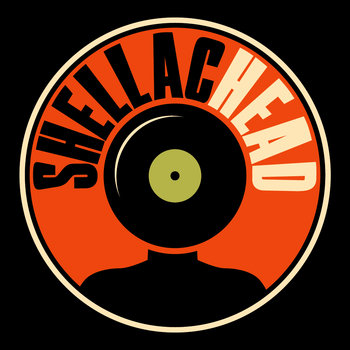
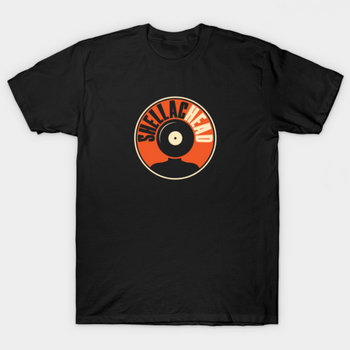

T-Shirt/Apparel

Ivan Chin was one of the first Chinese Jamaicans to have a profound impact on Jamaican music through his band Chin’s Calypso Sextet. “Peakapeow” was released in the mid-‘50s and was one of the first examples of mento.
Jimmy Cliff
“Dearest Beverley”
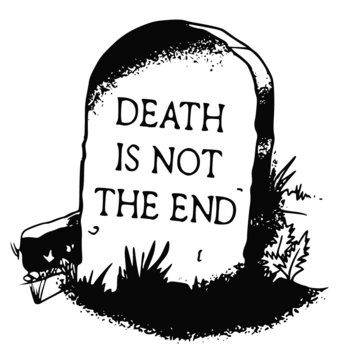

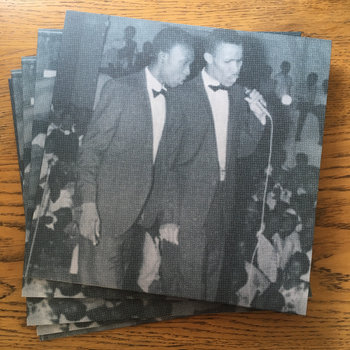

Cassette, Vinyl LP


Leslie Kong is well known for producing Bob Marley’s first ever single, “One Cup of Coffee.” He launched his record label Beverley’s after Jimmy Cliff auditioned “Dearest Beverley” in his shop in 1961. “Dearest Beverley” draws heavily from American doo-wop and R&B.
Lord Creator
“Ethiopia”


Lord Creator was a Calypso singer from Trinidad & Tobago who collaborated frequently with Vincent “Randy” Chin (Miss Pat’s husband). Chin produced Independent Jamaica, one of Lord Creator’s first and biggest hits, in 1962, just one year before he recorded “Ethiopia.”
Don Drummond
“Far East”


Don Drummond was the trombonist for the influential Ska band The Skatalites. He collaborated frequently with Chinese-Jamaican producer Justin “Phillip” Yap and released songs with titles such as Chinatown and Confucius. With a taste for minor chords and his Rastafarian faith, he laid the foundations for the Far East sound that Augustus Pablo would later galvanize. He recorded “Far East” in 1963.
Skatalites
“Addis Ababa”
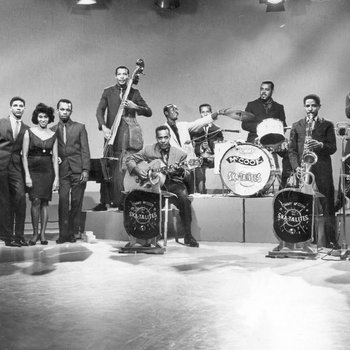

The Skatalites are a Jamaican supergroup merging jazz, American R&B, boogie-woogie, calypso, and mento to create Ska. Their first LP, Ska Authentic, was produced by Leslie Kong, Vincent Chin, Philip Yap, among others, and it was recorded at the Hoo Kim’s Channel One studio. “Addis Ababa” was released in 1964.
Stephen Cheng
“Always Together”


Stephen Cheng was a Shanghai-born singer who lived in the USA and visited Jamaica in 1967. During his visit, he recorded “Always Together,” a song that lays down an ancient Taiwanese folk melody called “Alishan Maiden” on top of a rocksteady rhythm, produced by Byron Lee. This is one of the first examples of a Jamaican song that openly blends the east and the west.
The Revolutionaries
“Kunta Kinte”



7" Vinyl

The Revolutionaries were the house band at Channel One studio in West Kingston, Jamaica. The Hoo Kim brothers produced and engineered this seminal dub recording in 1976.
Augustus Pablo
East of the River Nile
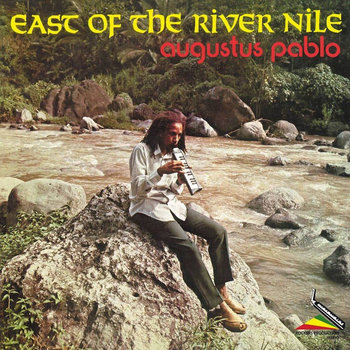
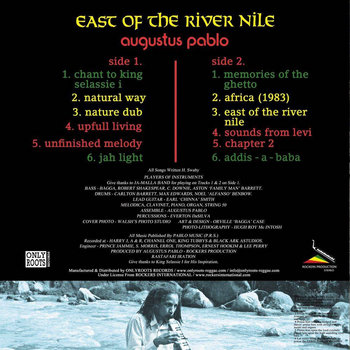


Vinyl LP,


The truest representation of a Far East sound in Jamaican music and a culmination of all that came before it, East of the River Nile showcases the sounds of two diasporas—the Chinese and the Africans. This LP was recorded in 1977, by two of the godfathers of dub, Augustus Pablo and Herman Chin Loy.







